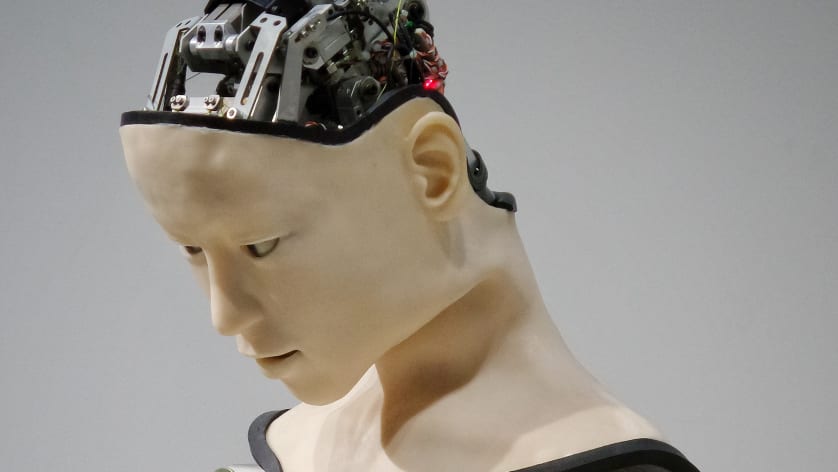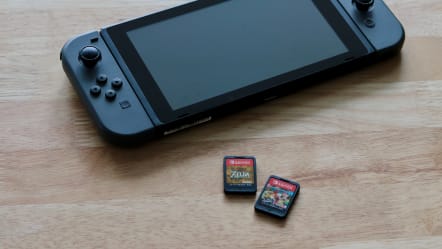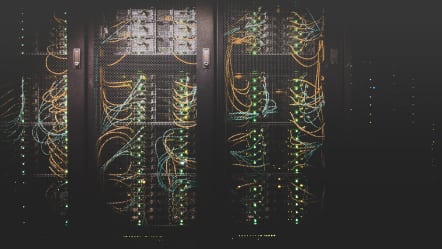How Do Robots Function?

Independent Robots
Robots that are independent are able to function without human operator control. These typically require more intense programming, but by doing so, robots can replace humans for tasks that are either mundane, dangerous or impossible, such as diffusing bombs, deep-sea travel or factory automation. Independent robots have been found to be very disruptive to society, as they not only eliminate certain jobs but also create new possibilities for growth.
Dependent Robots
Dependent robots are a relatively new form of technology whose applications are constantly expanding. One form of dependent robot that has been realized is an advanced prosthetic controlled by the human mind.
The famous example of a dependent robot was created in 2018 by Johns Hopkins APL for Johnny Matheny. The MPL is operated by electromyography, or signals coming from his amputated limb that control the prosthesis. Over time, Matheny became more efficient in controlling the MPL, and the signals sent from his amputated limb became smaller and less variable. This led to more accuracy in its movements and allowed Matheny to perform delicate tasks, such as playing the piano.
What Are the Main Components of a Robot?
Robots are created to provide answers to various needs and achieve a number of different objectives, thus necessitating a wide range of specialized parts to accomplish these tasks.
WHAT ARE THE MAIN COMPONENTS OF A ROBOT?
- Control System: the Central Processing Unit (CPU) directs the tasks the robot has to do
- Sensors: a component that provides electrical signals to allow a robot to interact with the world.
- Actuators: the robots parts that make it able to move
- Power Supply: battery or cable to provide power
- End Effectors: the exterior features of a robot that allow it to complete a task.
Every robot must have certain components in order to function. These components can be classified into five categories:
Control System:
All of the components that work together to make up a robot's central processing unit are referred to as its control system and are used for computation. Control systems are programmed to tell a robot how to utilize its specific components, similar in some ways to how the human brain sends signals throughout the body, in order to complete a specific task.
Sensors:
Sensors provide robots with stimuli in the form of electrical signals that are processed by a controller, thereby permitting interactions between the robot and its environment. The sensors allow the robot to process information about its surroundings and make decisions accordingly.
Actuators:
A device is only considered to be a robot if it has a movable frame or body. The actuators responsible for this movement are made up of motors that receive signals from the control system and move in tandem to carry out the movement necessary to complete the assigned task. Actuators can be made of a variety of materials, such as metal or elastic, and are commonly operated by use of compressed air (pneumatic actuators) or oil (hydraulic actuators).
Power Supply:
Just as the human body needs food to function, robots need power. Lead-acid batteries are commonly used in robots for their safety and long shelf life, although silver-cadmium batteries are more compact and expensive.
Some possible power sources for future robotic development are pneumatic power from compressed gasses, solar power, hydraulic power, flywheel energy storage, organic garbage through anaerobic digestion and nuclear power.
End Effectors:
End effectors are physical components that enable robots to perform their tasks. Surgical robots may be equipped with scalpels, and other types of robots can be built with gripping claws or even hands for tasks like deliveries, packing, and bomb diffusion.


















